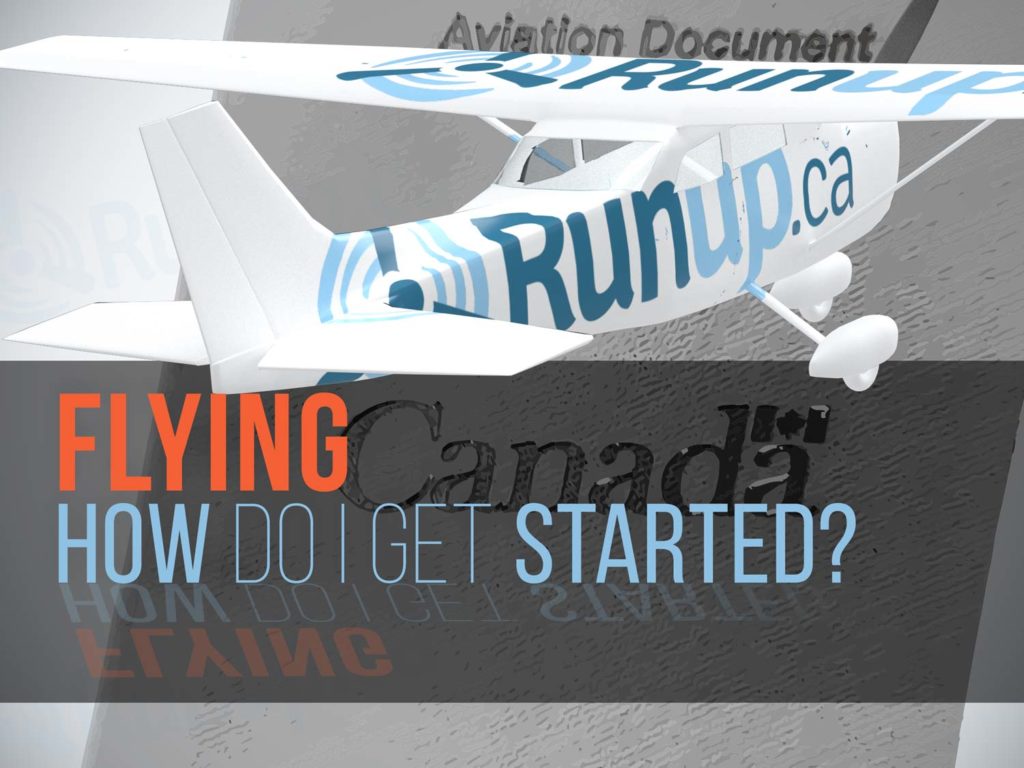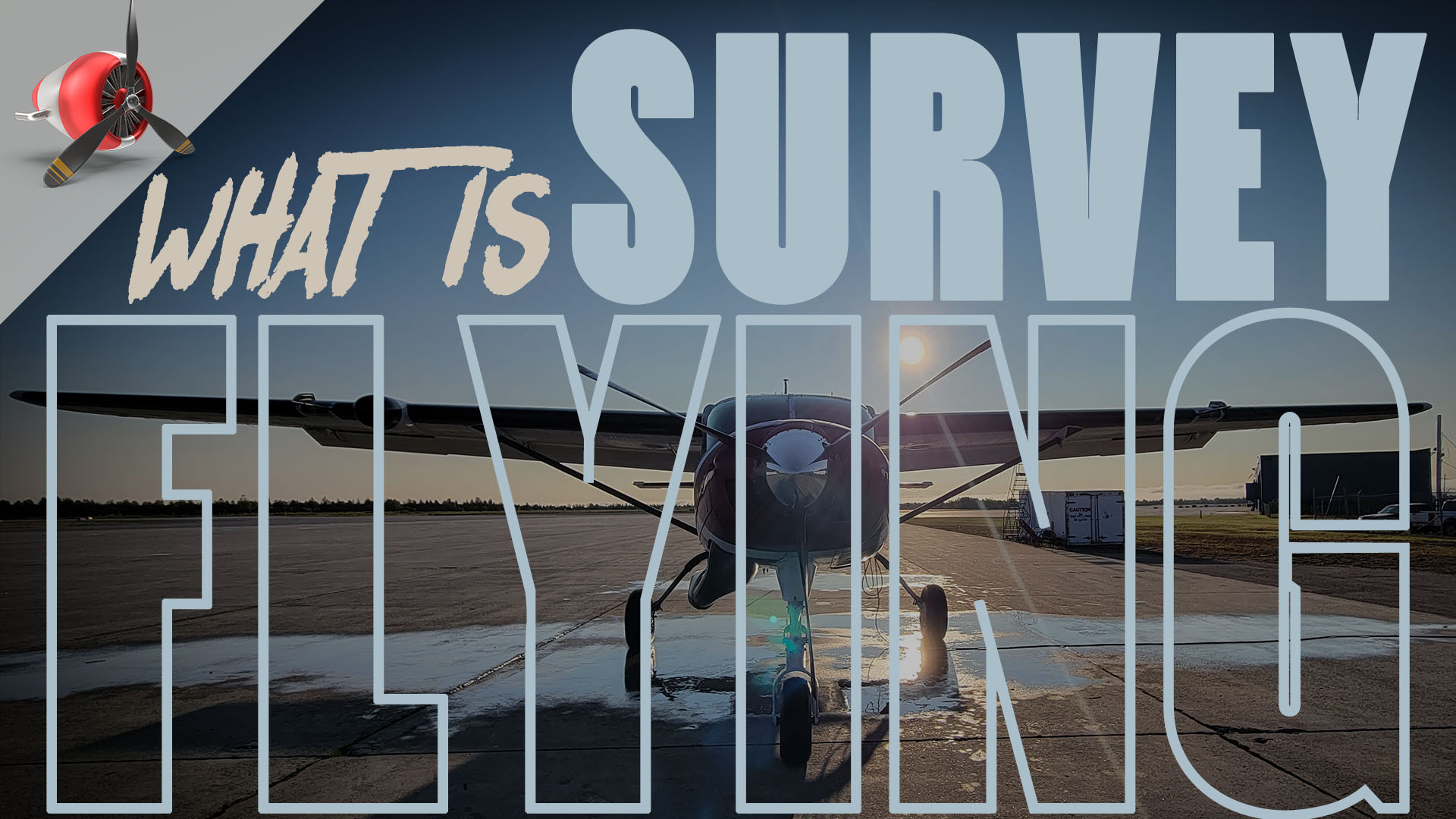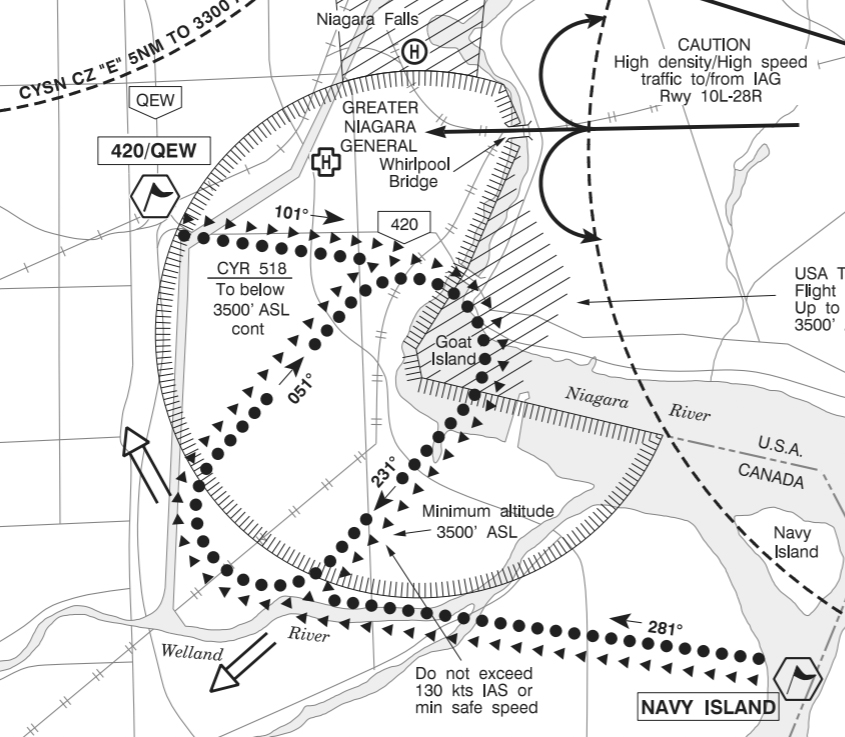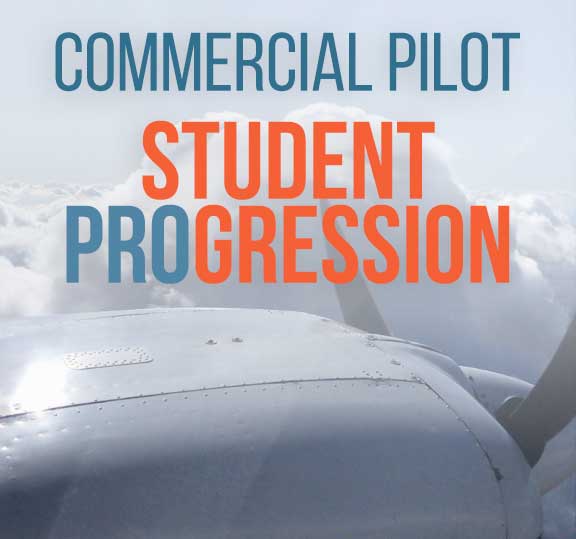“So.. how should I learn to fly in Canada?”
How should I learn to fly? I get this question every other day, working at my flight school’s dispatch desk. It comes from people that have started to look into getting their pilot’s license, but can’t find a clear outline of what to do first. That may be because there is no right or wrong answer! But after going through the process myself, and working at my flight school, this is what seems to make the most sense.

Find a Flight School
First, find a flight school and give them a call! Make sure it’s close enough that you can drive there 1-3 times a week (or more). Try to find one that is reasonably priced, if money is a factor for you, like it was for me. Believe it or not, the prices do vary considerably between schools. Make sure they have instructors and planes available for how often you’d like to learn to fly. This is important! If a school has too many students, your progression will be slow and you’ll end up spending more money because you aren’t remembering the last skills you learned, and you have to spend time in the plane going over them again. You should also ask your prospective school if students or the flight school manages the bookings, you likely want the latter.
Familiarization Flight
Do a Familiarization Flight, or a Discovery Flight, as some schools call it. This is your introduction to flying. The instructor will show you how to do a walk-around of the aircraft to make sure it’s safe to fly – we do this before every flight! They will then take you up in the air for a quick flight and let you safely take the controls. This will help you get a feel for being in a small aircraft and to really see if flying interests you.
Airplanes
Choose your aircraft. If your school has some options, it’s better to stick to one type for the duration of your lessons. This cuts down on having to learn the specifics of two planes, when one can be overwhelming enough. Your school may have a recommendation – for example, my school has 4 Piper Cherokees that it prefers everyone learn to fly on but we also have a Cessna 172 that others opt for. If the planes are different prices per hour at your school, that could sway your decision as well.
Instructors
Choose your instructor. Oftentimes, your school will once again have a recommendation, based on what instructor has open slots for new students, or you may want to stick with the instructor who did your familiarization flight with you. Depending on the flight school, each class of instructors (ranging from 1-4) may have a different cost per hour. So if you have a newer level 4 instructor, they may cost less to fly with, than a level 1. This may also be a factor in your decision. If you don’t mesh with your first instructor, don’t be afraid to switch. This is your learning experience and your money. But once you find one that works for you, stay consistent! Switching between instructors wastes time and money as they may want you to re-demonstrate skills you’ve already completed with a previous instructor.
Aviation Medicals
Get a medical. This is something that needs to be done before you can go solo, which typically happens after 10-20hrs of flying. It’s good to have it done early on, before you sink hundreds of dollars into flying, just in case you find out you aren’t eligible to have a certain category medical. These medicals are given by Civil Aviation Medical Examiners – not just any doctor. You can search for qualified doctors in your area right here. For a PPL, you only need a Category 3 medical. The testing and requirements are less strict than a Category 1. I decided to go for a Category 1 medical right off the bat, because I knew I wanted to be a commercial pilot and I wanted to make sure I was eligible. I’m in good health and medicals aren’t generally difficult to obtain, but I didn’t want any surprises later down the line. Check out our Pilot Medical Requirements page for more info on the differences.
Ground School
Choose your ground school. Will you be doing your ground school online or in person? Your ground school does not need to be completed before you start flying. You just need to have it completed in order to do your PPL Written Examination. I recommend doing at least a few flight lessons before starting your ground school as the content can be dry and confusing if you’ve never seen the inside of the plane before – especially topics that cover the engine and the instruments. Doing it online can be beneficial if you don’t work a regular schedule or there’s a world-wide pandemic going on. In-person is best if that’s how you prefer to learn and you’re able to show up for class once or twice a week.
Preparatory Ground Instruction
Complete your PGI briefs on Runup.ca before each flight lesson. You will perform much better if you’ve already grasped the concepts that you’re about to learn and demonstrate, in the air. It’s always easier to learn on the ground, stress free, without also having to control the aircraft at the same time. Going to each lesson prepared, will save you valuable time and money, and will help you feel confident in your lessons.
Conclusion
There you have it – the start of your PPL journey. Hopefully this summary inspires you to get the ball rolling. Remember to stay consistent with your lessons and studying, and always keep pushing forward. If any of your questions went unanswered, feel free to ask them in the comments below and we’ll try our best to answer them!



Leave A Comment
You must be logged in to post a comment.